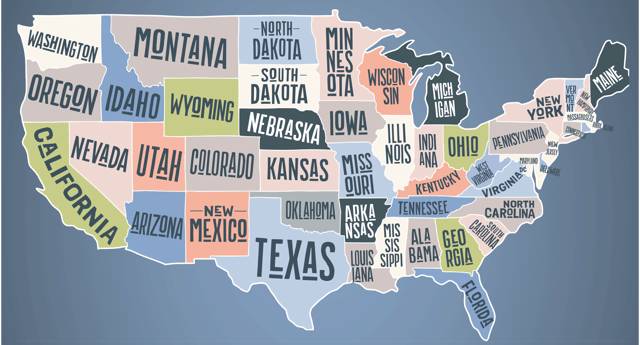State of play: Profiling state efforts to expand pharmacist scope of practice
Retail pharmacists around the country operate under a 50-state patchwork of laws and regulations that dictate what services they can and cannot provide and under what conditions. Some services require advanced training and certifications, others require a collaborative practice agreement with medical professionals, and some can be performed by any licensed pharmacist.
The following are closer looks at nine states that have granted pharmacists some expanded scope, although the list is not intended to be comprehensive.
Other states that have made notable efforts to expand pharmacy scope of practice include Kentucky, New Mexico, Utah, Arkansas and North Carolina, all of which offer some of the same services as the states profiled here.
In the wake of the COVID-19 pandemic, when pharmacists across the country were front and center providing testing and vaccinations, thanks to the PREP Act, momentum has been building for pharmacists to retain some of the authorities they acquired during the pandemic and expand their scope of practice even further.
[Read more: Access to pharmacy services is game-changer on local level]
“There is a great opportunity here to take all of the wonderful work that pharmacies have done throughout the pandemic, not let those roll back,” said Sara Roszak, senior vice president of health and wellness strategy and policy at the National Association of Chain Drug Stores.
To that end, NACDS and other industry groups support the Equitable Community Access to Pharmacist Services Act (HR 7213), bipartisan legislation introduced earlier this year that would ensure patients continue to have access to essential pandemic and pandemic-related health services provided by pharmacists.
“The more we can unleash these services, the more value there will be for the public,” said Mike Ayotte, senior vice president of pharmacy, transformation and advocacy at NACDS. “People want to get services that are local, accessible and work on their timelines.”
[Read more: Panel tackles pharmacies becoming healthcare destinations on 2nd day of DSN Industry Issues Summit]
Belawoe Akwakoku, state government affairs manager at the National Community Pharmacists Association, agreed that the time is ripe for pharmacists to attempt to broaden their scope of practice.
“I think the pandemic has definitely shown that pharmacists can respond to the challenges, and can respond to the demand,” he said. “Clearly, there’s definitely a lot of opportunity for pharmacists to continue to broaden their scope.”
Click on a state below to read about how each one has granted pharmacists some expanded scope of practice.
- Total population: 39,512,223
- Total active physicians: 113,718
- Rural area percentage: 5%
- Total population: 5,758,736
- Total active physicians: 16,956
- Rural area percentage: 14%
- Total population: 21,477,737
- Total active physicians: 58,822
- Rural area percentage: 9%
- Total population: 1,787,065
- Total active physicians: 3,504
- Rural area percentage: 29%
- Total population: 3,155,070
- Total active physicians: 7,056
- Rural area percentage: 36%
- Total population: 762,062
- Total active physicians: 1,826
- Rural area percentage: 40%
- Total population: 4,217,737
- Total active physicians: 13,127
- Rural area percentage: 19%
- Total population: 1,059,361
- Total active physicians: 4,063
- Rural area percentage: 9%
- Total population: 7,614,893
- Total active physicians: 21,731
- Rural area percentage: 16%


